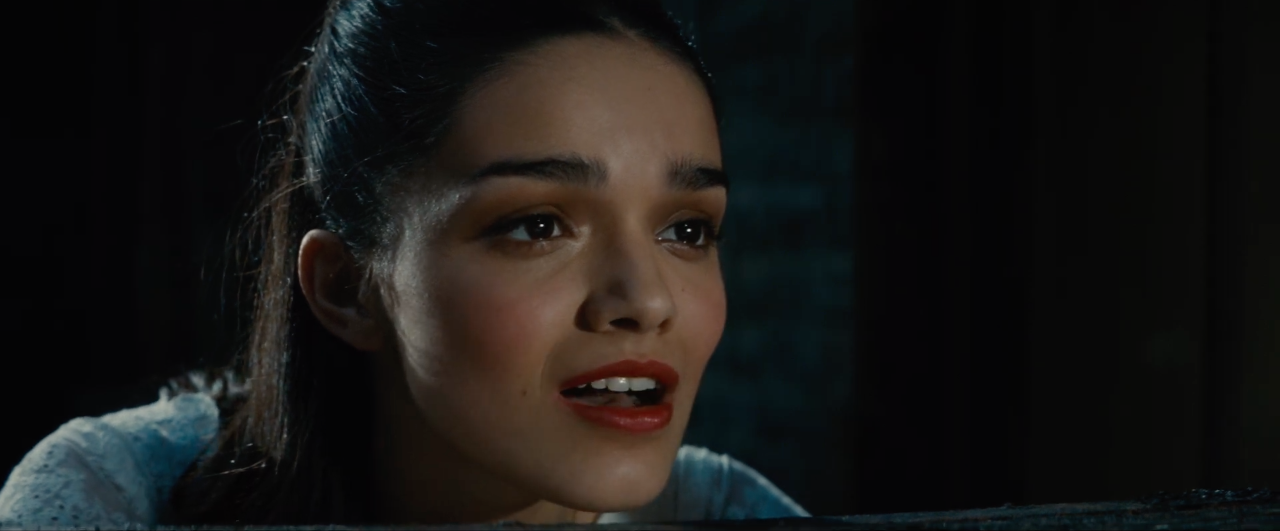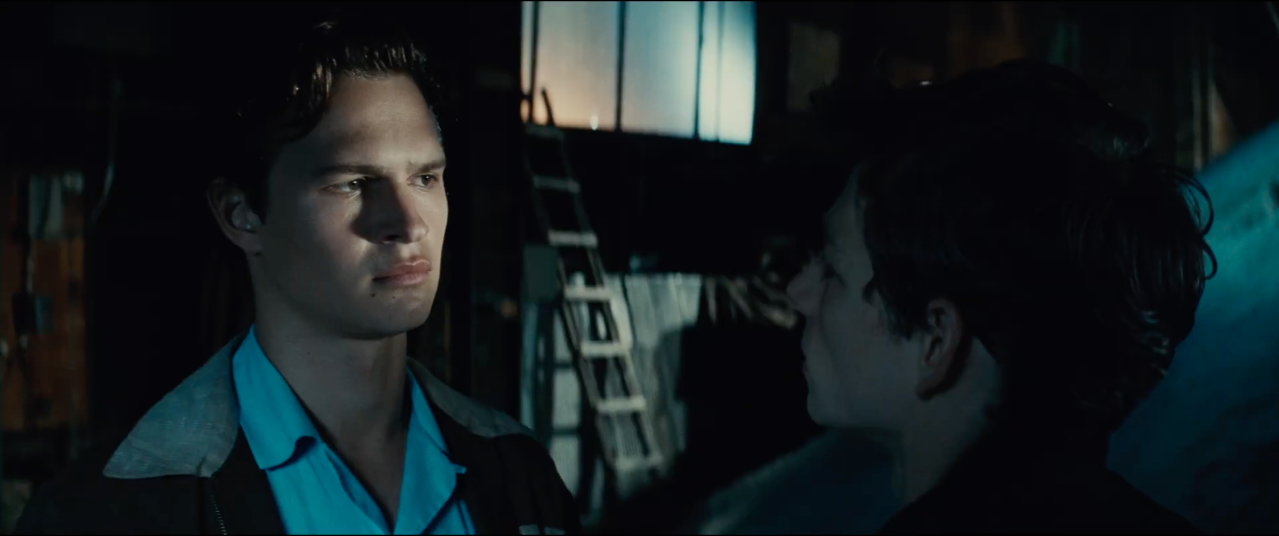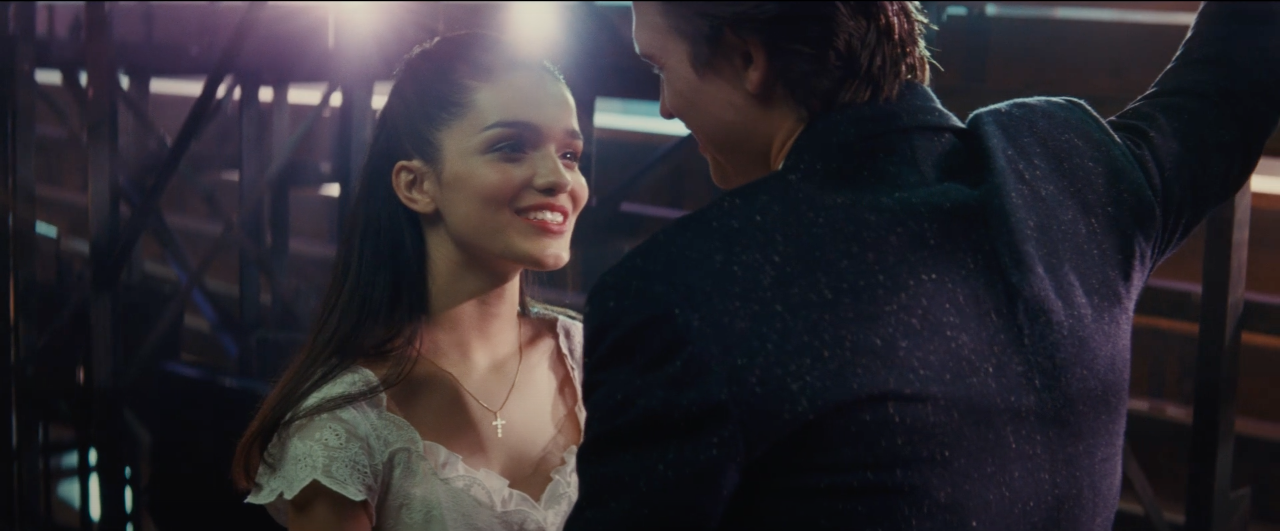Steven Spielberg’s musical film ‘West Side Story’ follows the forbidden love between Tony and Maria, two teenage members of rival street gangs, the Jets and Sharks. Along with their gangs’ rivalry, Tony and Maria’s relationship also faces severe setbacks in the streets of New York City. Within its entertaining musical numbers, the romantic film is a highly potent tragedy, whose arresting drama never fails to move the audience.
The 2021 film also succeeds to revive interest in the eponymous 1961 film, which went on to win ten Academy Awards. Inspired by the heart-rending tale of Tony and Maria, we have looked into the genesis of both films. Let us share what we found!
Is West Side Story Based on a True Story?
No, ‘West Side Story’ is not based on a true story. Spielberg’s 2021 film, like the 1961 film by Robert Wise and Jerome Robbins, is an adaptation of the 1957 Broadway musical of the same name. The musical is conceived by Jerome Robbins, with the lyrics of Stephen Sondheim and the book of Arthur Laurents, and is a modern-day retelling of William Shakespeare’s ‘Romeo and Juliet.’ The genesis of Shakespeare’s play goes further back in time, as he was inspired by an Italian tale roughly translated to ‘The Tragical History of Romeus and Juliet’ by Arthur Brooke.

For the musical, Arthur Laurents extensively modified the feud between Montague and Capulet families in the play as the feud between the Jets/the Sharks and the White Americans/Puerto Ricans respectively. After conceiving the musical in 1957, Jerome Robbins adapted it to the 1961 film with co-director Robert Wise. Even though the film version created a benchmark for movie musicals, Spielberg’s interest was in the original material. “We never attempted to remake the ’61 film. We took all of our inspiration, and everything based on the original source material, which was the 1957 Broadway musical,” the director said to ABC News.
“My parents bought the album, the original Broadway cast album for ‘West Side Story’ when I was about 10 years old. And I wore it out, and– memorized every song, and it was my favorite musical my entire life. My love is what I thought I could bring to this material. My love for Stephen Sondheim, and my love for Leonard Bernstein, for Arthur Laurents, for Jerome Robbins, and everything that they inspired me as a kid,” Spielberg added.
Even though the foundation of the film is fictional, Spielberg and screenwriter Tony Kushner were adamant that the film should be authentic in representing the 1950’s of New York, especially the San Juan Hill neighborhood, a former predominant Puerto Rican neighborhood. The director and the writer consulted with individuals who lived in the neighborhood in the ’50s to prepare the cast. “It [the film] needed to be realistic. It couldn’t be a theater musical. It had to be a street musical. It had to feel like these were the real streets that these stories, these events, and this comedy, and this jubilation, and this tragedy was taking place on,” Spielberg emphasized to ABC News.

While the core of the musical and the film are hugely indebted to ‘Romeo and Juliet,’ the purpose and the aspiration highly differ. Tony explained to THR, “The source material, Romeo and Juliet, is about hatred between two groups that are sort of two sides of the same coin. Nobody even knows why the Capulets and the Montagues hate each other.”
Kushner added, “That’s given a misimpression about West Side Story, which is that the Jets and the Sharks are the Capulets and the Montagues. They’re not. The creators believed very deeply that race hatred and bigotry and oppression and discrimination are profoundly malevolent aberrations and can lead to cataclysmic consequences. And I think that is the tragedy of West Side Story. It is an anti-racist, democratic musical.”
As the screenwriter, Tony Kushner extensively rewrote the book/screenplay of the 1957 musical for the film. “There are things in the [new] screenplay that are true to what Arthur wrote, or actually lines that Arthur wrote. And then there’s an enormous amount that’s different. I was sort of surprised to find that there was a lot of room for expanding certain aspects of all the characters, changing certain things, like Tony’s backstory, Maria’s backstory for that matter, Bernardo’s backstory, Riff’s,” Kushner added.
Kushner also changed the original musical character Doc to Doc’s Puerto Rican widow. Within the fictional framework, Spielberg’s film is a tragedy that severely addresses the racial divisions in the US. As the director himself believes, the film mirrors its time socially more than the source material did to its time in the ‘50s. And there lies the significance of his ‘West Side Story.’
Read More: Best Steven Spielberg Movies, Ranked


You must be logged in to post a comment.